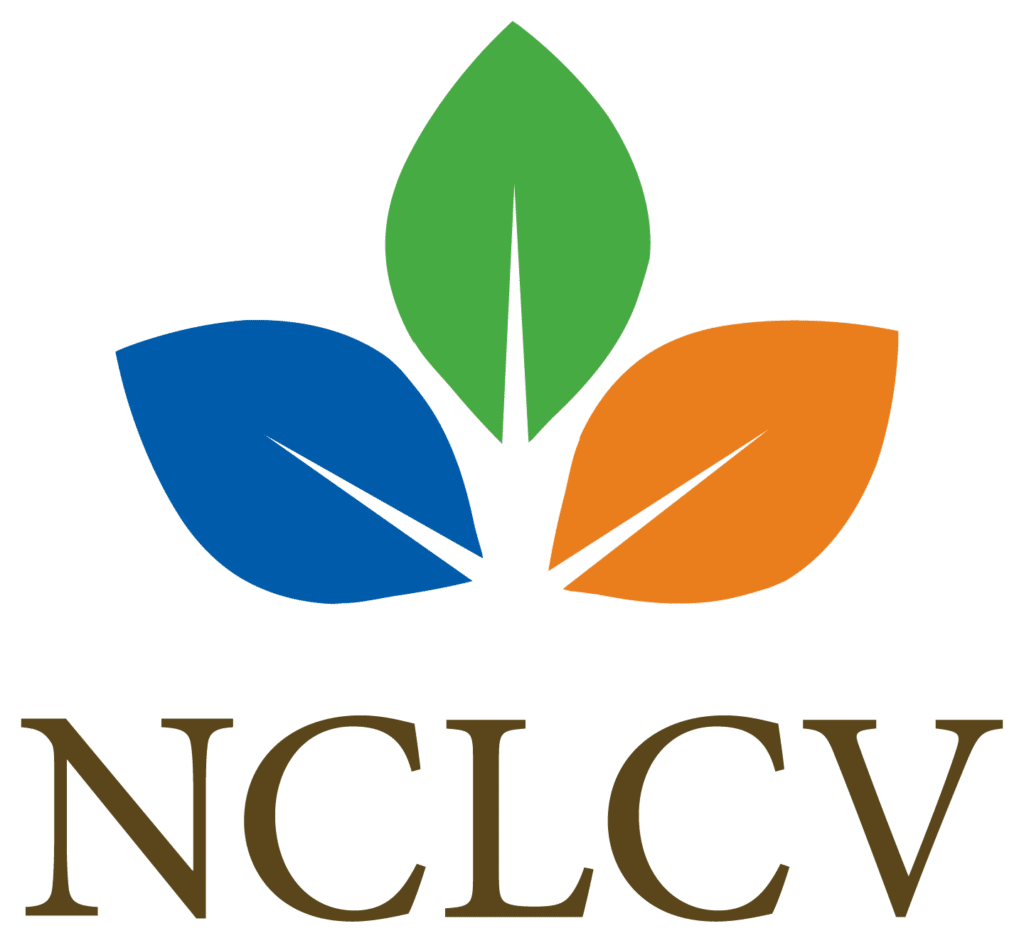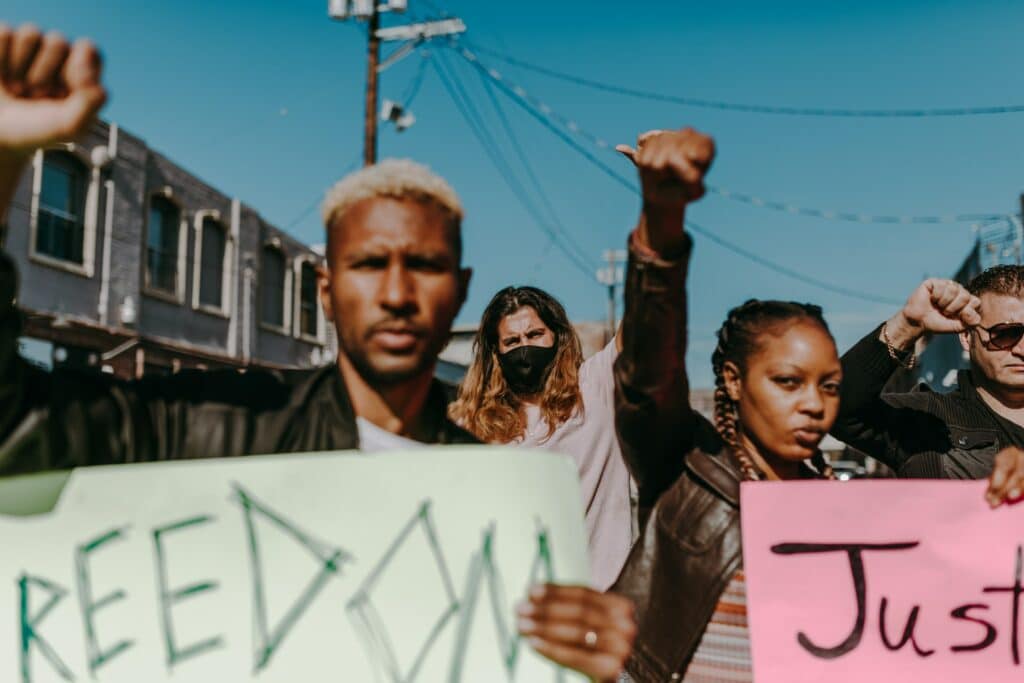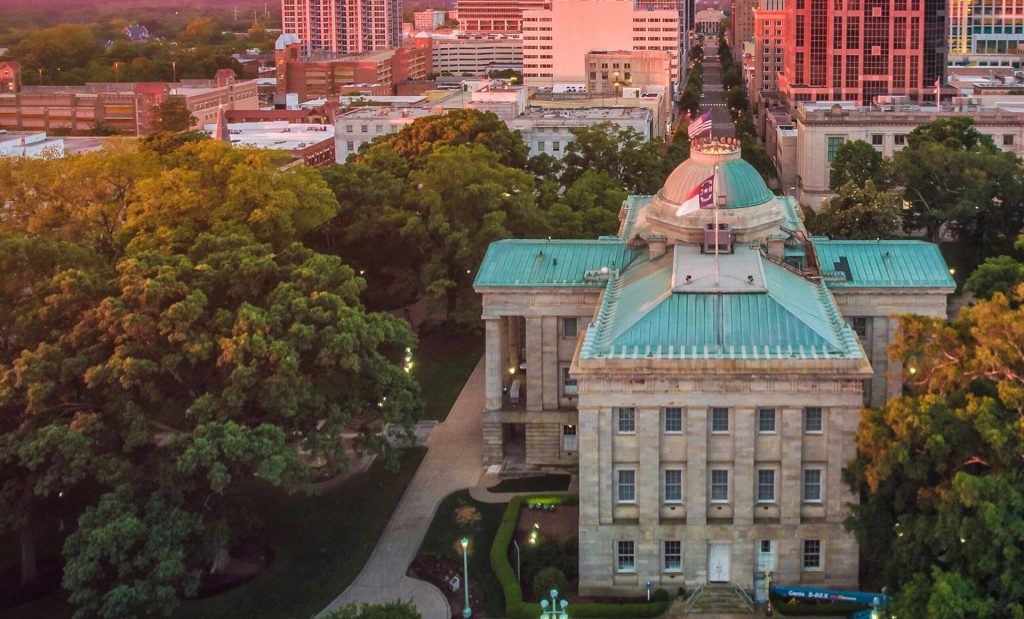
First, there’s the education component. No doubt, whichever social media platform(s) you prefer, you follow individuals or groups because you have an affinity for them. Whether conscious of it or not, you want to learn something from them – what they’re doing, what they believe in, etc. Then, if affected on an emotional level, you will take their information and share it out with the world. By taking this action, you have become a key resource, and, in some cases, a knowledge expert.
Let’s apply this to a cause that we believe in at NC League of Conservation Voters: the environment. As an organization in the online sphere, we reach out to groups that have similar missions, goals, and passions. We connect with reporters and news outlets that can add, contextualize, and debate current environmental issues. This is no different when than advocating from a personal account. For organizations that I identify with, I will take their content and push it forward, hoping to impact my connections to take action, to be better educated, or to develop their own relationship with said organization.
Alright, the education component is the most obvious, and arguably the easiest. But, we know that we are all being bombarded with information 24/7, so how can we use social media as a tool to elevate the conversation into action?
- Make it personal. With our lives full of distractions and commitments, it can be difficult for us to stop and reflect: “How is coal ash impacting my life today?” The reality is that coal ash is affecting all of our lives every day because its presence near our drinking water supplies threatens what comes out of our faucets and what goes into our local beer. Take a deep breath: it’s there too, especially if you live near one of the unlined pits. Making it personal doesn’t necessitate invoking fear or alarm. Rather, it’s on the level of the informed consumer – the knowledgeable resident who understands that this issue making daily headlines really is a part of one’s life.
- Connect it to the future. Yes, we live in the now, but we’re also planners and dreamers, envisioning the next big thing coming down the pipeline. We look at our children and our grandchildren, envisioning the world that awaits them. But, what if that world lacks the outdoor adventures that were the highlights of many of ours? The ability to go outside and simply play – in the woods and rivers dotting our state – may not be a reality if we don’t take actions today to protect these vital elements of our communities.
- Tap into influential people. This is especially true on Twitter. Identify the accounts who can champion your cause – those who will elevate your issue and make it their own, cajoling their followers into taking action as well.
- Use the art of the hashtag and mention. Everyone loves trends, especially those that have a social justice undertone. AND – what makes them even more effective is when a powerful account adopts it as well. Or, use a hashtag that already has a significant following: #fracking, #coalash, and #ActOnClimate are three popular environmental hashtags. There are nuances for all different platforms, so learn what works best for each.
Other key takeaways from using social media as an advocacy tool: be patient, be persistent, and be real. Whether trying to make change on behalf of an organization or as a concerned individual, you become the representation of that issue to your friends, family, and community – at least in the online world. You don’t need to beat it over peoples’ heads: that’s not how effective change gets done. But, don’t be afraid to stand up and speak out: if you don’t, who will?
Advocate away – whether you are looking for “Likes,” tweets, shares, pins, clicks, +1, or more. Not bringing your cause to the social media realm would be the biggest mistake of all.
Katie Paulson, NCLCV’s Online Engagement Coordinator, wants to learn more about how to use social media as an effective advocacy tool, especially how to rise above the noise. If you have tips or tricks up your sleeve, drop her a note at katie@nclcv.org.




